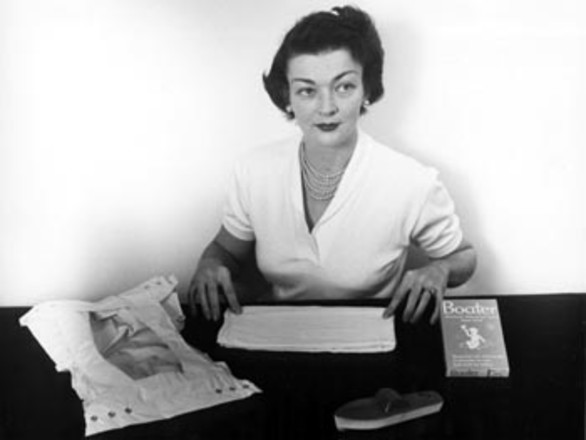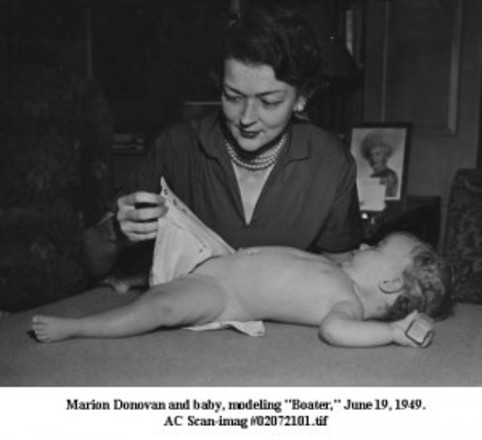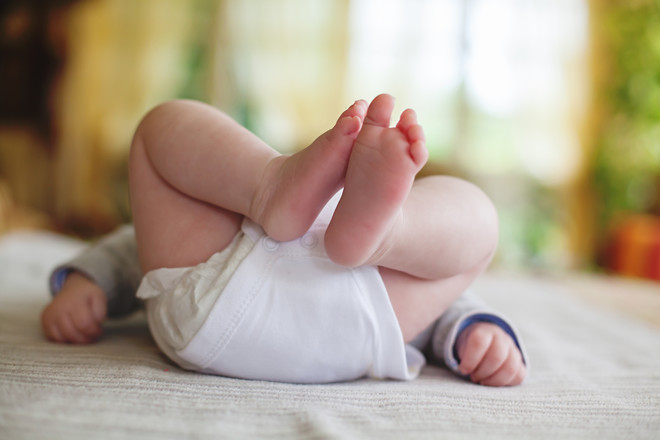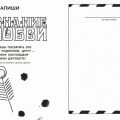Cleanliness and comfort of the baby - the guarantee of sound sleep andthe excellent mood of both the baby and his mother. Today it is impossible to imagine modern life without "gadgets" that have facilitated the difficult life of mothers, without disposable diapers. But they appeared recently, at the end of the XX century.
How was it arranged before?
References to the first absorbent diaperscan be found as early as the 1st century BC. For example, in the ancient Greek myth describing the childhood of Zeus and Hermes, it was said that instead of swaddling clothes for babies, women used animal skins, into which they put moss, grass or other natural materials. In Rus', many practiced the "planting" method. At the first signs of the baby's restlessness - fidgeting, grunting, straining, etc. - the mother supported the child, helping him to relieve himself. At the beginning of the 19th century, knitwear and linen appeared, the absorbent material of which was soft wool. Several layers of material were folded into an envelope, securing the free end behind the baby's back. This method turned out to be the most tenacious.
 1/2Photo: metroactive.comPhoto: americacomesalive.com
1/2Photo: metroactive.comPhoto: americacomesalive.com
First try
The inventor of the ancestor of the modernThe inventor of the diaper is considered to be American Marion Donovan, a literary scholar, deputy editor of Vogue and a mother of many children. She was sorely lacking time to wash diapers, and she decided to improve the process of caring for her newborn daughter. Marion cut up several oilcloths and shower curtains, creating waterproof baby panties from them, which were put on over a regular diaper. Not stopping there, she came up with the idea of sewing the resulting structure to baby panties, and instead of household oilcloth, she began to use special absorbent paper. To complete all the manipulations, our heroine replaced the sharp safety pins that pinned the diaper with a safe metal clasp. Comfort has always been expensive. Everyone liked the idea of waterproof baby pants so much that one department store even bought the rights to the invention from Marion for 1 million dollars! In 1951, Donovan improved the panties, making them disposable. But this idea did not find a response in the hearts of the owners of the manufacturing companies. Incidentally, ten years later, Victor Mills became interested in disposable diapers. Taking Donovan's idea into service, he invented Pampers diapers. The first diaper under this brand was released in 1961. Photo: Getty Images
Photo: Getty Images
First steps
But the inhabitants of Northern Europe, who usedtraditional method of swaddling at that time, after the Second World War faced a serious problem – a shortage of imported cotton. All available stocks for the Scandinavian region were transferred to health care needs. There was practically nothing to swaddle children with. There was an urgent need to find local raw materials for the production of fabric. In Sweden, thanks to the rich forest area, cotton was replaced with cellulose fibers produced from wood. This is how very soft crepe paper in the form of cellulose pulp appeared. After receiving the new material, the local company Mölnlycke (in 1975 it became part of the SCA group) began producing cellulose diapers. They looked like this: pre-cut pieces of cellulose pulp were attached to panties made of plastic film. Parents had to put the required amount of absorbent material in the child’s diaper themselves, depending on the time of day – less during the day, and more at night. Which, of course, was not very convenient. In 1955, "quick diapers" (snabb-blöjan) were launched into production - disposable panties made of waterproof cellulose coating with an absorbent layer inside, fastened with a fabric mesh. These diapers quickly became popular in most of Europe. In Germany and Italy, parents simply called them "Swedish diapers". In 1967, Europe saw a new model - a one-piece diaper Combinette. Its main difference from its predecessors was a functional retaining clip that was fastened in the front. The new product gained unprecedented popularity and began to rapidly displace traditional diapers. For almost a decade, they remained at the peak of sales, while the shape of diapers changed to become as comfortable as possible for babies. And in 1973, another model appeared on the shelves - a T-shaped diaper. It was held in place by the distinctive striped elastic panties. In many European cities during the summer, many young fashionistas could be seen sporting the new item.
Freedom!
With the advent of disposable diapers, mothers anddads got rid of unnecessary troubles and worries. There were no more endless washes, mothers stopped being afraid of children's "embarrassments" during long walks and trips with babies. This truly ingenious invention became so irreplaceable that even the world-famous brand got its name from the Italian word for "free" - Libero. And it's true, modern diapers have given us exactly that freedom to carefreely enjoy communication with your child, which our parents lacked so much.









